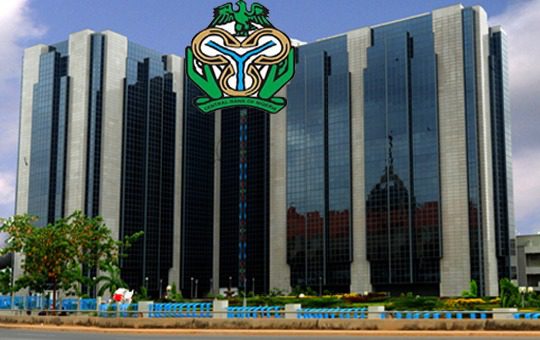Economic Issues
CBN’s New Cash Ratio; To What End? -By Uddin Ifeanyi

One of the many attributes of a latex balloon is that once inflated you cannot get away with squeezing air out of any part of it, without creating a compensatory swelling elsewhere. In many ways, economies respond to policy measures in much the same way. Subsidise a good or service, and not just does consumption become inefficient. The increased use is often at the expense of other economic activities. In the same way, the additional resources needed to keep the subsidy scheme going is the result of diversion from elsewhere.
Consequently, a big challenge for policy makers is to understand how the different sectors of an economy are connected, in order that they may design policies that yield the most benefit for every unit of currency spent ― or value used up. And to sequence the implementation of the diverse components of such policies in a way that maximises the desired result.
The Central Bank of Nigeria’s (CBN) decision, last week, to raise the cash reserve ratio for deposit-taking banks in the country, appeared to check all the wrong boxes in the policy-making discussion. By requiring banks to hold a portion of their deposits with it, the central bank can affect both how much loans banks may create, and the rate at which the loans are created. In other words, in a country without reserve requirements, banks may technically lend all the deposits they create. As the reserve requirement rises (often expressed as a proportion of total deposits), banks’ ability to create new loans is constrained. And the rate on those loans rise.
In this sense, then, the CBN, last week tightened monetary conditions. Whereas before, banks were required to keep 22.5 kobo of every naira deposit they created with the central bank, on account of the increase in banks’ cash reserve ratio, effective immediately, banks will now have to leave 27.5 kobo of every N1 deposit in the apex bank’s vault. Put differently, banks will no longer be able to create as many loans under the new policy conditions as they could before. And rates should rise.
Despite the tendency of our policy makers to work themselves into a funk in their quest to drive interest rates down (in order to stimulate real sector borrowing, and hopefully domestic growth), you only need to have paid attention to the foreign exchange markets, of late, to understand why the CBN may have been minded to act thus. The naira’s exchange rate has come under sustained pressure. Our gross external reserves are haemorrhaging as the central bank continues to supply markets to prop the naira up. Oil prices (our main source of foreign exchange earnings) have remained stuck at the US$60 per barrel mark, even as geopolitical tensions in the Middle East suggest the price should be firmer. Besides, our crude oil production quota under the OPEC+ agreement cap how much of the substance we may push out.
Wags will be quick to point out that it was only recently that the CBN was patting itself on the back for having driven bank rates down and spurred a recovery in private sector borrowing. Why walk back from that path via a side alley? Well it turns out that one effect of a much earlier decision of the CBN to increase banks’ loan-to-deposit ratios was that banks promptly created loans for customers who promptly bought treasury bills and fixed-income instruments through the apex bank’s open market operations. In response, the central bank restricted retail access to both these markets. And the yield on money market instruments plumped.
But then, so many punters were saddled with bothersome levels of liquidity. And even in economics, nature abhors vacuums. These funds began to find their way into dollar-denominated assets. The naira came under pressure, even as the gross external reserves neared dangerous lows. And so, this cycle complete, the CBN decides to tighten monetary conditions to ease the pressure on the naira’s exchange rate.
If squeezing economic balloons to address the build up of flatulence in certain parts of it is nearly always as unrewarding as when one tries to do the same with a latex balloon, there are few sights as ugly as when policy making begins to look as unsightly as a game of whack-a-mole. Until its recent hike of the cash reserve requirement, the central bank was wont to collect its 22.5 per cent each time bank deposits went up. It, however, did not mirror this process as bank deposits fell, resulting in an effective cash ratio for most banks currently well above the new 27.5 per cent.
Question is, “Which mole does the central bank think it is currently trying to whack?”
By raising the cash reserve ratio, hoping to fix the distortions created by the previously asymmetric enforcement of the ratio? Or tightening policy conditions by raising the ratio, notwithstanding the asymmetric nature of its continued enforcement. The problem with having to second guess policy makers is the uncertainty it creates for spending decisions. Therefore, most other central banks take forward guidance seriously.
Uddin Ifeanyi, journalist manqué and retired civil servant, can be reached @IfeanyiUddin.



















